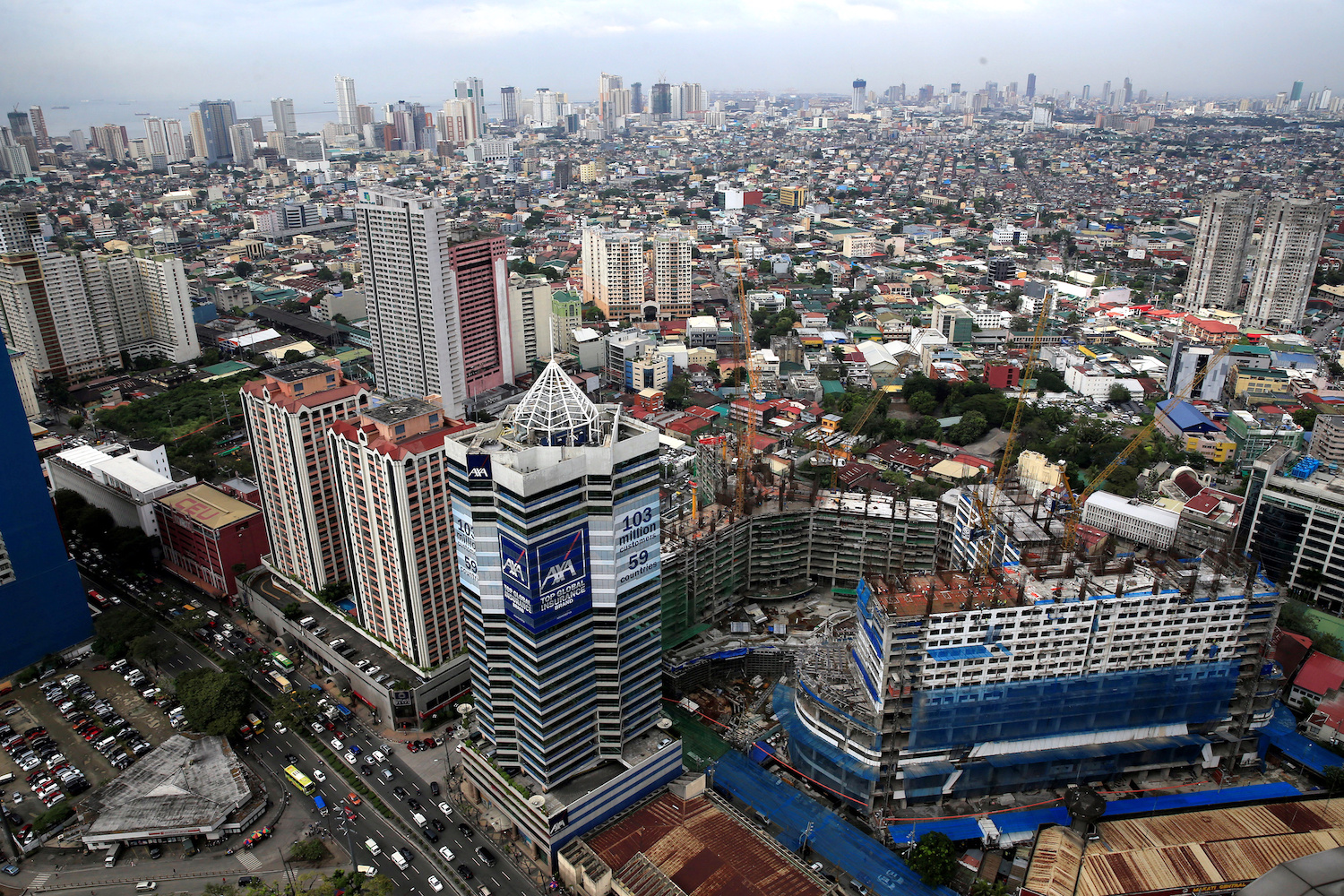By Neil Jerome Morales and Karen Lema | Photo by Romeo Ranoco/Reuters
MANILA (Reuters) – The Philippines’ annual economic growth slowed in the third quarter as renewed COVID-19 restrictions crimped demand, giving the central bank more reason to keep interest rates at a record low for a while.
Although the Southeast Asian economy had recovered from five straight quarters of contraction in the three months to June, it lost momentum in the September quarter after the government reimposed strict curbs to contain a resurgence in coronavirus cases.
Gross domestic product expanded by 7.1 percent in the July-September period from a year earlier, the statistics agency said on Tuesday, slower than the upwardly revised 12 percent expansion in the previous quarter, but above the 4.8 percent forecast in a Reuters poll.
On a quarter-on-quarter basis, the economic growth was up 3.8 percent in the September period.
Household consumption rose 7.1 percent in the third quarter from a year earlier, slightly slower than previous quarter’s 7.3 percent growth, while government spending increased 13.6 percent, rebounding strongly from a 4.2 percent slump in April to June.
Unemployment rose to an eight-month high of 8.9 percent in September following the reimposition of strict lockdown measures in August in the capital region and nearby provinces.
Industry and services posted growth of 7.9 percent and 8.2 percent, respectively, while agriculture, forestry, and fishing declined 1.7 percent partly due to the effects of bad weather and African swine fever outbreaks.
By sector, industry and services posted growth of 7.9 percent and 8.2 percent, respectively, while agriculture, forestry, and fishing declined 1.7 percent partly due to the effects of bad weather and African swine fever outbreaks.
Despite the third-quarter slowdown, Socioeconomic Planning Secretary Karl Kendrick Chua said this year’s growth could still hit or even exceed the top end of the four to five percent target, as a decline in COVID-19 cases and rise in vaccination rates paved the way for a further reopening of the economy in the last quarter.
But as the economy was still operating below potential, economists expect the central bank to leave its benchmark rate at a record low of two percent at its last two policy meetings for the year despite faster inflation.
(Writing by Enrico Dela Cruz; Editing by Lincoln Feast)





